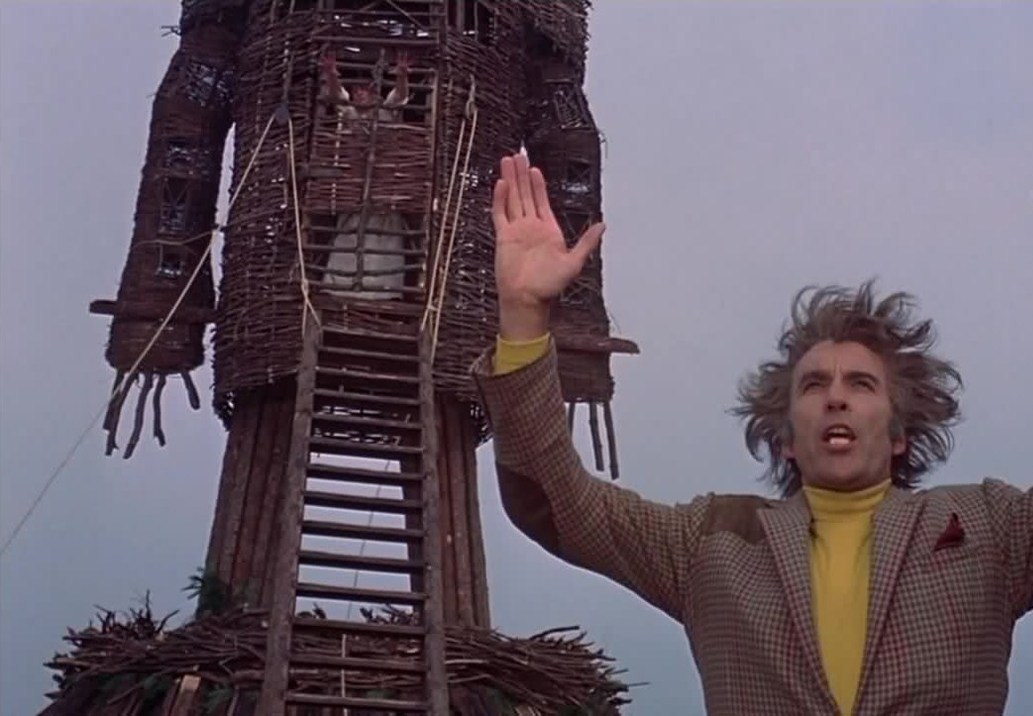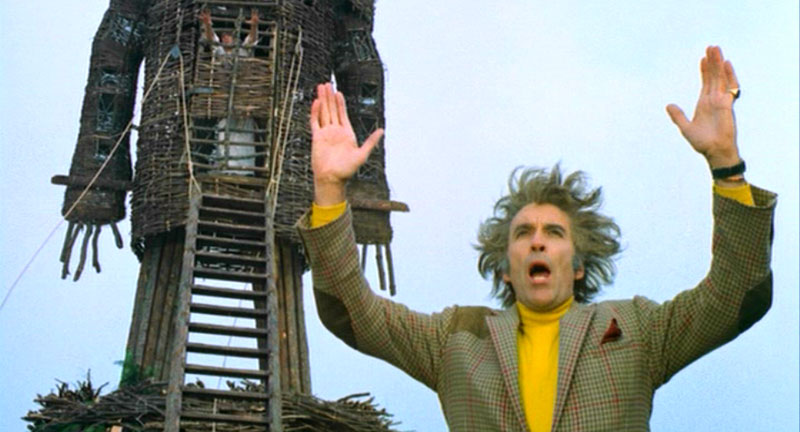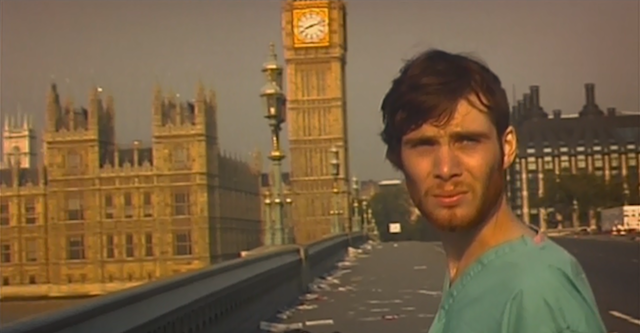Tea. Bad teeth. Bumbling monologues. When we think of Britain, it is more than likely that these three images will immediately spring to mind. The rolling fields of Britain, home to more chintz and tea pot china than we care to think about have come to be known as something comforting, hopelessly small and just a little bit strange. But there is something more, something which rears its ugly head only from time to time, exposing the belly of Britain and revealing the horror which lies beneath the woollen jumpers.
British horror is a unique phenomenon. Channelling the monster of horror into small, rural towns British horror films seem directly at odds with the genre itself. When we picture a horror film, we see towers of run-down mansions, factories of killing machines and acres of desolate and lifeless landscapes. Country churches and gabled cottages do not fit into our image of the traditional horror film and yet, throughout film history, we see Britain being used time and again as the home to things a little more strange. It is because Britain seems so innocuous and harmless that it works so marvellously for the genre. In British towns, where the inhabitants are either too friendly or much too rude, something strange lies. It seems as if the British town’s very aversion to big special effects, or crazed slasher killers makes it the perfect breeding ground for something entirely sinister. Behind the tea trays and crooked smile, the Brits are not as harmless as they seem and, in the British horror film, we can get a glimpse of what they are capable.
The Wicker Man (Robin Hardy, 1973)
Before the genuinely terrible remake of this horror classic came Robin Hardy’s original version. Set in a remote Scottish village miles away from anywhere in the world, the film follows the plight of straight-laced police sergeant Howy as he attempts to solve the mystery of a missing girl. When he reaches the island, it becomes apparent that he is dealing with a community a little fruitier than he is used to, who hold no shame in frolcking naked through fields and engaging in, erm, “pagan” activity. Although the premise is a little flaky, the film is genuinely creepy and it is not until after you have finished watching that the insidious plot really hits the pit of your stomach. If you have ever wondered what goes on outside of London, it seems that this film holds the answers. Never go to Scotland without a solid means of getting back, apparently.
Don’t Look Now (Nicolas Roeg, 1973)
Technically set in Italy, the film is nonetheless based on a short story from one of the masters of suspense writing, Daphne du Marier. A grieving couple travel to Venice in the hopes of putting the recent death of their young daughter behind them. When they arrive in the town, however, it seems as if their troubles have not ended as they journey down a path of ever stranger events. This film is proof that there is nothing worse than meeting your own country-folk abroad. Within Britain, the landscape seems to mop up a lot of the eccentricities of the inhabitants. Abroad, however, it is a very different story. Set within the rococo architecture of the floating city, the British sisters who the couple meet seem larger than life and misshapen. There is wisdom, it seems, in the warning “the British are coming”.
28 Days Later (Danny Boyle, 2002)
Boyle’s zombie-pocalypse was one of the first in the recent resurgence of the zombie genre. Moving past the lolloping, laughable zombie creatures of the 1950s and ‘60s, Boyle’s monsters are far creepier and deadly dangerous. Whilst many British horrors highlight the terror of rural towns, 28 Days Later makes the metropolis a place of terror, emptying it of its inhabitants and turning it into a ghost town. Through Boyle’s camera, London is gaping, angular and duplicitous. It is a hiding ground for the sinister and contains peril at every corner. If ever there was proof that the Brits are hiding something behind the social niceties, then this is it.
Kill List (Ben Wheatley, 2011)
Ben Wheatley’s name should strike terror in the heart of all those who hear it. The master behind a slew of offbeat and truly disturbing films, Kill List is arguably Wheatley’s pièce de résistance, the calling card he goes to when people question his cinematic output. Beginning within the police-thriller genre, the film takes a turn somewhere in the second act to a place to which I never wish to return again. There are few words which can describe the blind panic Kill List can induce. Set largely in nameless, rural towns, the film is consistently and unforgivingly claustrophobic. Watch it and never trust a Brit again for as long as you live.
The Borderlands (Elliot Goldner, 2013)
The Borderlands seems to be of little consequence, initially following in the footsteps of a number of other found footage horror films. Set in a remote Devonshire village, the film follows a group of surveillance experts as they take over a small church which has reportedly been the site of a number of hauntings. The film is incredibly patient; it is not until the third act that things really being to move and when they do, they do so brutally quickly. The final denoument sent me over the edge and I implore anyone not to break into a sweat once they realise what is going on. The next time you admire a quaint British church, remember The Borderlands and imagine what lies beneath the belly of the British beauty.






